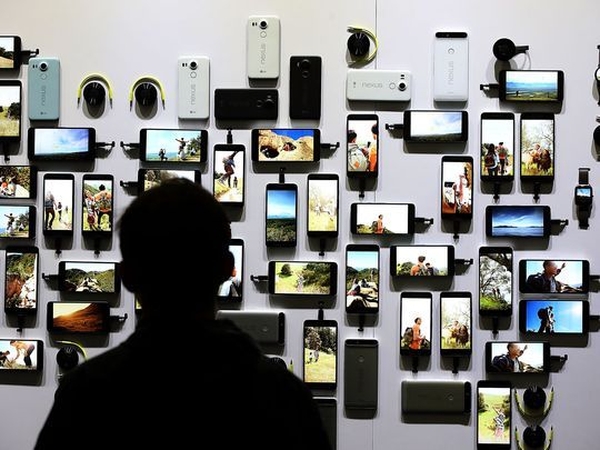Finally voice-activated devices can watch you.
1. Apple’s Siri can be set up to only turn on when the user pushes a button, or to also respond to the phrase “Hey, Siri.”
The program taps information from the user’s device, including the user’s name, location, the contents of the music library, and names and relationships in Contacts to facilitate answering questions.
Some simple commands, such as “send a text,” are handled on the device itself and not sent up to the cloud to be acted upon. More complex actions are recorded, sent to the cloud, translated into words, and then acted upon.
A user’s voice recordings are saved for six months so that the recognition system can utilize them to better understand the user’s voice. After six months, another copy is saved, without its identifier, for use by Apple in improving and developing Siri for up to two years.
Toggling Siri and Dictation off and then on deletes the saved history of Siri commands and resets the identifier. It’s also possible to totally turn both Siri and Dictation on the device.

2. Google voice services
Only devices that have Voice and Audio Activity turned on are listening. In those cases, the sound data is flowing through a “hot word detection buffer” on the device. The buffer can only hold a few seconds of data, the company says.
When it hears “OK, Google,” or the user touches a microphone icon, the app records the speech and audio, plus a few seconds before, and sends it into the cloud to Google.
The recordings are only saved if the user has signed on to their Google account and has Voice and Audio Activity on. While on Google’s servers they are encrypted.
Users can choose to delete their audio records. These continued to be stored by the company but are no longer linked to the user’s name, but instead with an anonymous identifier
3. Amazon’s Echo
This was the first stand-alone voice recognition product in common use. Introduced in November 2014, the cylindrical device is always listening for its “wake word,” which by default is the name of its voice recognition program Alexa. According to the company, while Echo is always listening for its wakeup word, it only keeps a few seconds of recorded sound in its storage buffer. As new sound is recorded, the old is erased.
When the device hears its wakeup word, it begins sending a stream of audio to the cloud to be converted into text that the program can understand and act upon.
Say “Alexa, what’s the weather today?” and it will give you a weather report for your location. Because only the words after the wakeup word are recorded and sent to the cloud, Amazon only has access to those, which it keeps to increase the accuracy of the system.
Audio is always being fed through the Echo’s buffer, which is constantly listening for the wake-up word. It holds a small amount of that audio, disposing it when new sounds come in. It only sends commands and questions to the cloud spoken after the wake-up word.
Amazon allows users to go in and erase their voice recordings. It’s also possible to turn Echo’s microphones off so it’s not listening.
Read the full article from here

